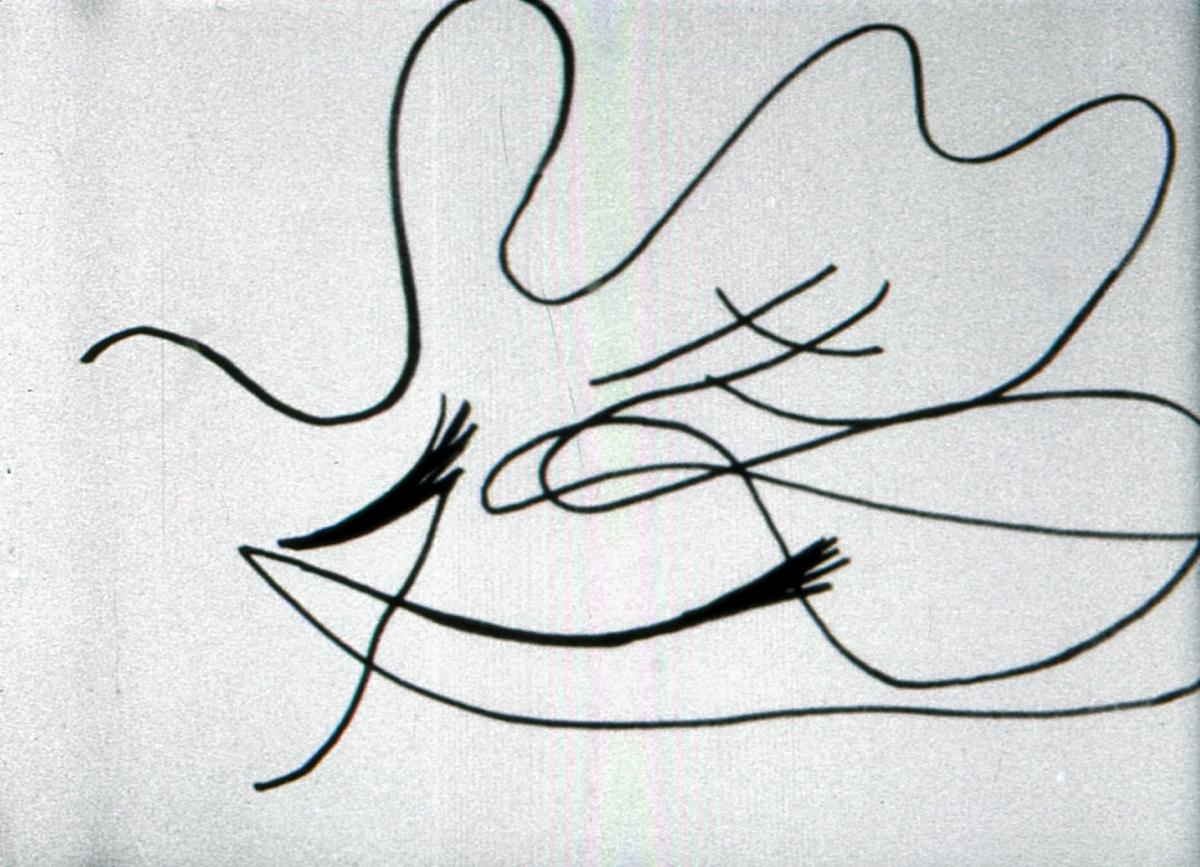On the Cinema of Happiness and Robert Breer
Robert Breer’s show of kinetic constructions is continuing at the Bonino Gallery. Almost as soon as you walk in you are touched, you begin to feel a pleasant breeze of happiness. There is something happy and good about Breer. I haven’t felt as good in a long time as when I stood in the Bonino Gallery looking at Breer’s constructions and movies (they are running on 8 mm. in Fairchild’s “boxes”). The amazing thing is that all this goodness and happiness is caught so simply and so effortlessly. It’s done through abstract lines, through the play of plastic elements, through movements and rhythms. The happiness has its own rhythm, and Breer seems to have caught and re-created it in his work. We look at Breer’s work and we begin to smile – lightly, a happy sort of smile, a happy feeling like when you see anything beautiful and perfect. It’s through an amazing control and economy of his materials that he achieves this; through the elimination of all the usual emotional, personal, biographical, sick material; by not giving in to temptations.
January 28, 1965

Image from A Man and His Dog Out for Air (Robert Breer, 1960)
This text was originally published in Village Voice, January 1965. It was later reprinted in Movie Journal. The Rise of the New American Cinema, 1959-1971 (New York: Columbia University Press, 2016).
Many thanks to the Estate of Jonas Mekas.
© All rights reserved by the artist and his rightholders / Courtesy of Light Cone.
Milestones: Robert Breer takes place on Monday 2 October 2023 at 20:00 in Art Cinema OFFoff, Ghent. You can find more information on the event here.

